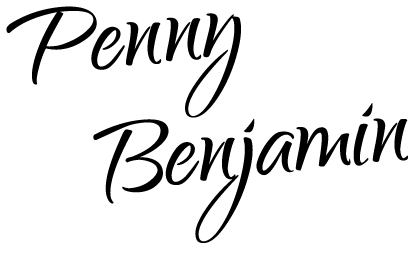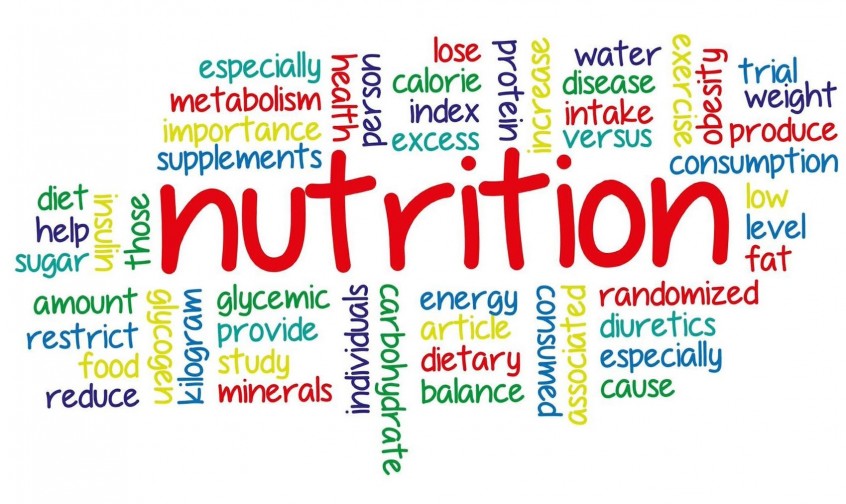When it comes to the world of health, dieting, combating diabetes & obesity, weight-loss, fitness, nutrition and wellbeing in general, there are many terms being thrown around that aren’t completely understood by the majority of the population. Things like low-carb, paleo, ketogenic, insulin-resistance, nutrient-deficiencies, high-protein and much more.
At their heart, these terms are to do with the food (nutrients) we eat and how our bodies process, utilise and react to them. In this post (and subsequent posts) my aim is to help you understand where all these terms fit-into the bigger picture of what our bodies need to function at their best.
The definition of a Nutrient (as defined by the Farlex Partner Medical Dictionary) is: a constituent of food necessary for normal physiological function. Today I’ll briefly outline the over-arching blocks that encompass nutrition and in subsequent posts delve further into each aspect and how it relates to our food and our bodies.
We can break these down into 2 sub groups; Macronutrients (needed in relatively large amounts by the body, typically grams per day) and Micronutrients (needed in relatively small amounts by the body, typically milli- or micro-grams per day).
All of these long words are just names for different chemicals (molecules) that we find in plant and animal food, and hence, in our bodies.
Macronutrients
Officially, macronutrients include only Carbohydrates, Proteins and Lipids, however, I like to include Water in this group as we need it in similar-scale quantities. Macronutrients (except water) are the source of our energy which is measured in calories or kilojoules (these are just different units of measure, calorie is imperial, while kilojoule is metric).
Carbohydrates (or “carbs”) are basically just chains of varying length built with differing combinations of 3 compounds; glucose, fructose and galactose. The shorter chains are called “simpl e carbohydrates” or sugars, the long chains are called “complex carbohydrates” or starches. These chains are broken down in the body into the individual molecules of glucose, fructose and galactose which are used by cells in the body to make energy.
e carbohydrates” or sugars, the long chains are called “complex carbohydrates” or starches. These chains are broken down in the body into the individual molecules of glucose, fructose and galactose which are used by cells in the body to make energy.
Carbohydrates are found in most foods, especially fruit, vegetables, grains, legumes and dairy. See this blog post to read more about Carbs.
 Proteins are similar to carbohydrates in that they are chains of varying length. However, protein chains are made of almost unlimited combinations of 20 different Amino Acids. Our bodies break the chains down into the amino acids and these are used to make lean tissue (organs, muscles, hair, skin and much more) as well as enzymes and hormones. In times of fasting, proteins can also be converted to energy.
Proteins are similar to carbohydrates in that they are chains of varying length. However, protein chains are made of almost unlimited combinations of 20 different Amino Acids. Our bodies break the chains down into the amino acids and these are used to make lean tissue (organs, muscles, hair, skin and much more) as well as enzymes and hormones. In times of fasting, proteins can also be converted to energy.
Proteins are found in high quantities in all meat, eggs and dairy and in smaller quantities in grains, legumes, nuts, seeds and some vegetables.
 Lipids (or fats) have several functions in the body. They help to absorb several micronutrients, they provide energy for the body in-between meals and during times of fasting, they’re used to make hormones and provide cushioning. Fats are found in most animal products (meat, dairy, eggs, seafood) and many plants like olive, avocados, coconut, nuts, seeds and their oils. Read this blog post for heaps of awesome info on fats and their role in the body.
Lipids (or fats) have several functions in the body. They help to absorb several micronutrients, they provide energy for the body in-between meals and during times of fasting, they’re used to make hormones and provide cushioning. Fats are found in most animal products (meat, dairy, eggs, seafood) and many plants like olive, avocados, coconut, nuts, seeds and their oils. Read this blog post for heaps of awesome info on fats and their role in the body.
Micronutrients
Micronutrients are our vitamins (including antioxidants) and minerals which are needed in much smaller quantities, but are still just as essential, as the macronutrients. They play big parts as ‘helpers’ in a lot of the chemical reactions that happen in our bodies that keep us functioning. From helping the carbohydrates turn into energy in our cells, transporting Calcium from food into our bones, ensuring our cells replicate and renew with the right genetic sequencing, to making sure our blood is able to clot when we cut ourselves.
WE HAVE:
The Water-soluble Vitamins – B1, B2, B3, B5, B6, B7, B9, B12, C
The Fat Soluble Vitamins – A, D, E, K
Antioxidants – these are compounds found in foods that prevent prevent oxidation and neutralise free-radicals in the body, for example, carotenoids, polyphenols and glutathione.
The Key Minerals – Calcium, phosphorous, magnesium, iron, zinc, sodium, potassium, iodine and selenium. There are several others which are only needed in trace amounts (even smaller).
Vitamins and minerals are found in all food sources in varying amounts (for each vitamin/mineral).
Other compounds (toxins, chemicals)
Things like alcohol, additives, preservatives and non-natural compounds are often seen by the body as ‘toxins’ and can have many varying effects. They disrupt normal metabolism and reactions causing energy, neural and metabolic dysfunctions. They can prevent the proper digestion and absorption of the nutrients we do need and can also cause mutations in gene sequencing.
Stay Tuned
Stay tuned for following Blog Posts delving further into what each of these nutrients is, does and how they all fit together to operate this amazing piece of machinery that is the HUMAN BODY!
Don’t miss out on the next blog post – enter your email and first name either at the end of this post or to the right hand side (depending if you’re using a computer or a device) and you’ll be notified of all new blog posts!

